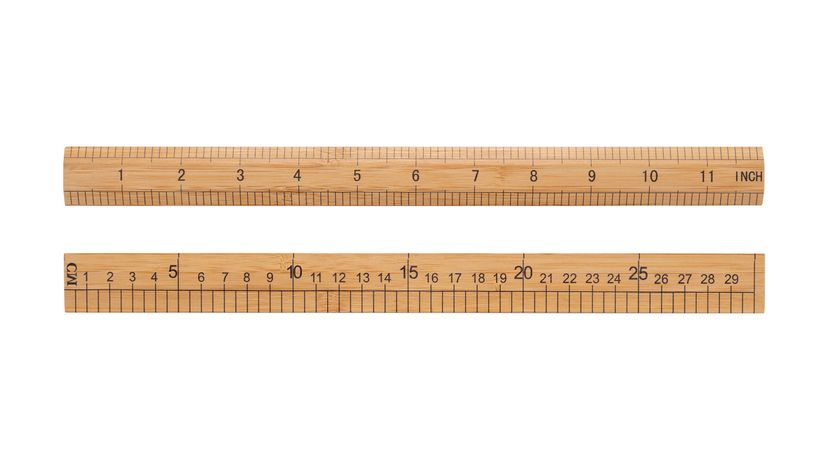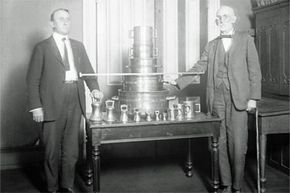Mendenhall joined a growing number of scientists and political leaders who advocated making use of the metric system in the U.S. compulsory. When he died in 1924, however, America hadn't made the move.
That seemed about to change in 1971, when a U.S. National Bureau of Standards report titled "A Metric America" recommended that the U.S. transition to the metric system over the course of 10 years. In response, Congress enacted the Metric Conversion Act in 1975 but stripped out the 10-year deadline and made the conversion voluntary.
Although schoolchildren across America began studying SI units in earnest and a few companies embraced metrication, the rallying cry to go metric faded, as did any real movement to make the switch.
Business Impacts of Metric and Imperial Systems
In the meantime, as globalization increased, American companies found themselves competing against international interests. More and more, foreign customers buying U.S. products required that they be delivered, labeled and produced in metric units.
And when American companies went to build new factories in Europe or Asia, they faced the challenge of standardizing to U.S. measurements or the metric system — decisions with enormous financial consequences.
Recognizing these issues, Congress passed amendments to the Metric Conversion Act in 1988, designating the metric system as the "preferred system of weights and measures for United States trade and commerce" and requiring federal agencies to use "the metric system of measurement in its procurements, grants, and other business-related activities" by the end of 1992.
The amendments, however, continued to make metrication voluntary for private industry, and although they encouraged the federal government to assist small businesses interested in making the conversion, progress has been slow.
Hard Metric vs. Soft Metric
By some estimates, about 30 percent of products manufactured by American companies have gone metric [source: Smith]. The pharmaceutical industry went "hard metric," which means its products display only metric units. Beverages, on the other hand, typically show both U.S. Customary units and metric units together, making them "soft metric." Film, tools and bicycles are also sold in metric measurements.
For the most part, though, the U.S. remains the only industrialized nation that hasn't made the metric system compulsory.



